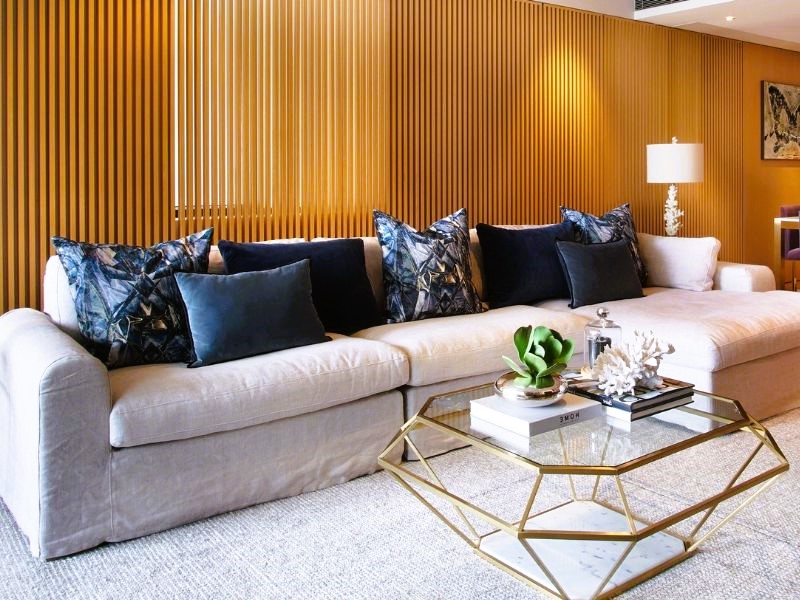Mixing Textures and Patterns: Adding Depth to Vancouver’s Interiors
In the vibrant city of Vancouver, interior design is all about creating spaces that reflect the unique personality and style of its residents. One of the most effective ways to achieve a visually captivating and dynamic interior is by incorporating a mix of textures and patterns. By skillfully combining different tactile elements, designers can add depth, interest, and a sense of individuality to Vancouver’s interiors.
Textures play a crucial role in interior design, as they provide a sensory experience and evoke emotions. Vancouver’s diverse natural surroundings, from the lush forests to the rugged coastline, offer a wealth of inspiration for incorporating various textures into interior spaces. Designers can explore the use of materials like wood, stone, glass, metal, and textiles to create a rich tapestry of tactile experiences.
Integrating textures can be as simple as adding a chunky knit throw over a sleek leather sofa or introducing a reclaimed wood accent wall in a minimalist space. By juxtaposing smooth and rough surfaces, designers can create a pleasing contrast that stimulates both the sense of touch and visual interest. Textured elements also add depth and dimension, making rooms feel more inviting and cozy.
Patterns, on the other hand, inject personality and character into Vancouver’s interiors. Whether it’s bold geometric shapes, intricate floral motifs, or abstract designs, patterns have the power to transform a space and make a strong visual statement. When used thoughtfully, patterns can reflect Vancouver’s diverse cultural influences, from indigenous art to contemporary urban aesthetics.

When mixing patterns, designers need to consider the scale, color palette, and overall cohesion of the space. Pairing large-scale patterns with smaller, more subtle ones can create a harmonious balance. Incorporating patterns through textiles, such as rugs, curtains, and cushions, allows for flexibility and easy updates, making it ideal for Vancouver’s dynamic design scene.
By blending textures and patterns, Vancouver’s interior designers can create visually stunning spaces that reflect the city’s vibrant energy and natural beauty. From the sleek lines of modern skyscrapers to the organic shapes found in nature, the city’s diverse architectural and environmental elements serve as inspiration for unique design combinations.
Moreover, mixing textures and patterns allows residents to express their personal style and create spaces that feel like a true reflection of themselves. Whether it’s a cozy West Coast cabin with a mix of rustic textures or a contemporary downtown condo with bold patterns, Vancouver’s interiors can become a canvas for individuality and self-expression.
In conclusion, the art of mixing textures and patterns is a powerful tool in Vancouver’s interior design scene. By thoughtfully combining different tactile elements, designers can add depth, visual interest, and a touch of personality to every space. Whether drawing inspiration from nature or embracing the city’s multicultural influences, the possibilities for creating captivating interiors in Vancouver are endless.
